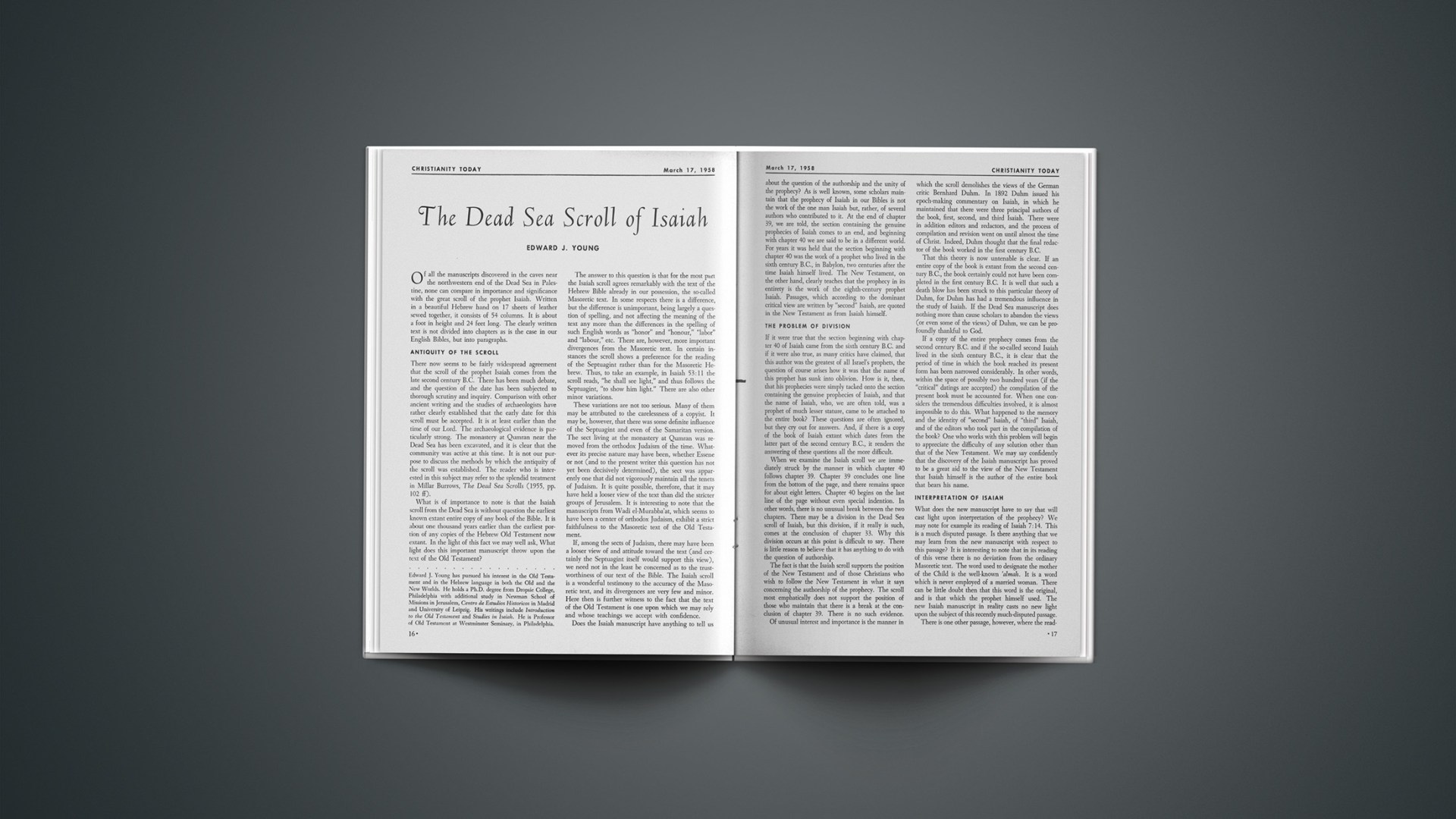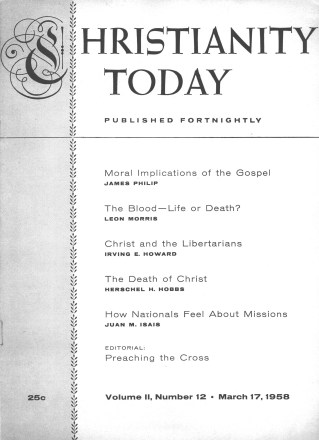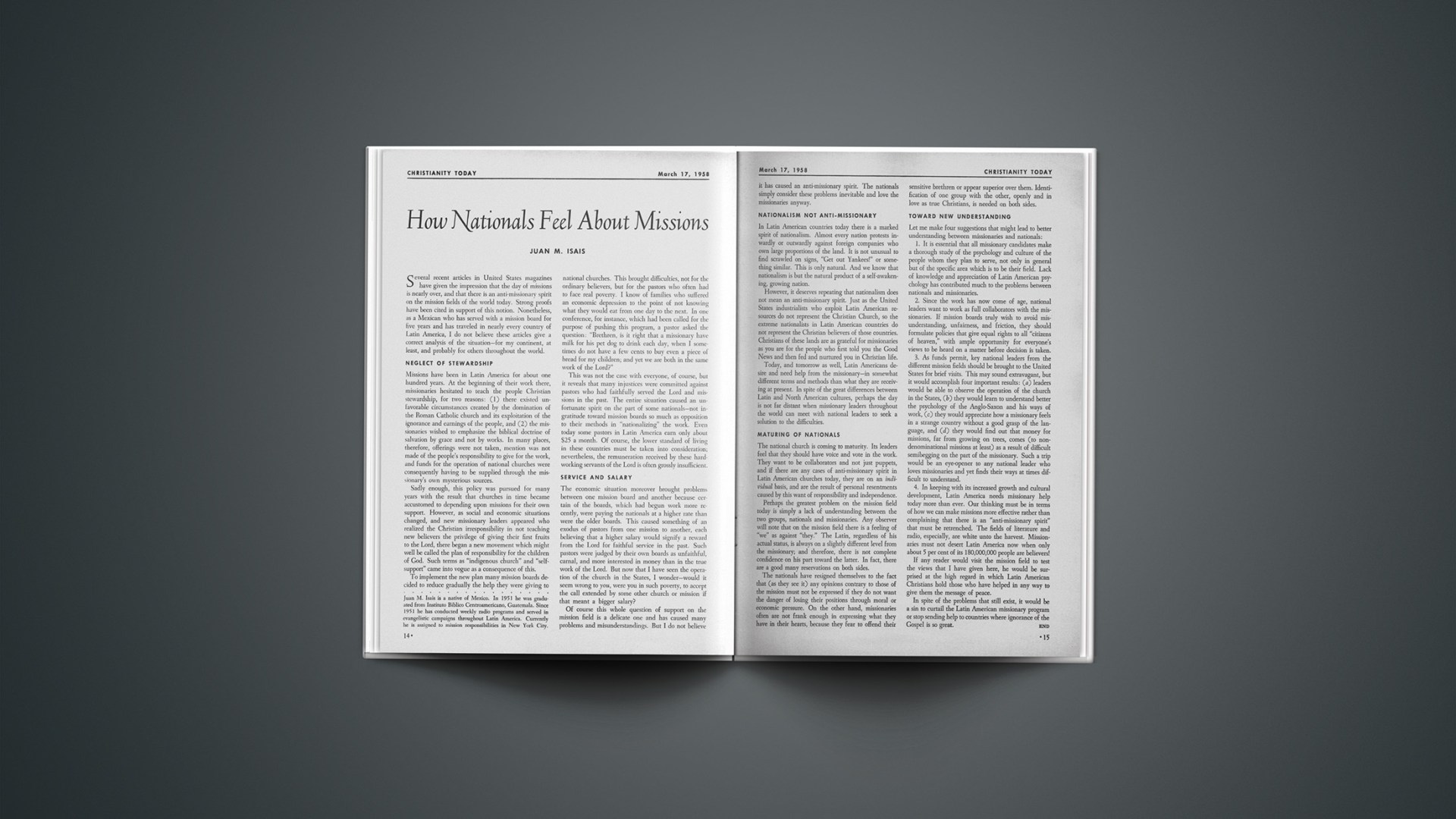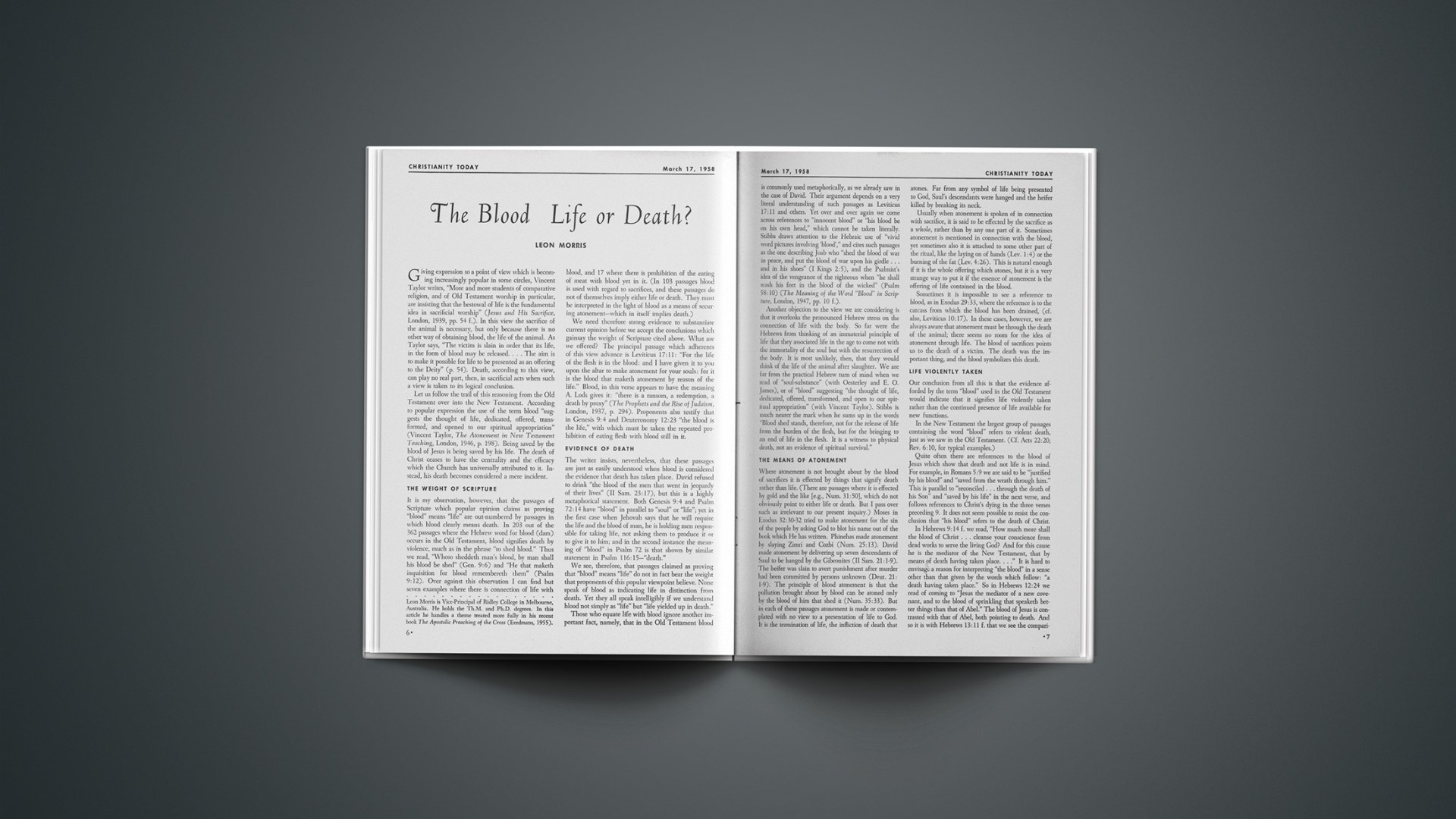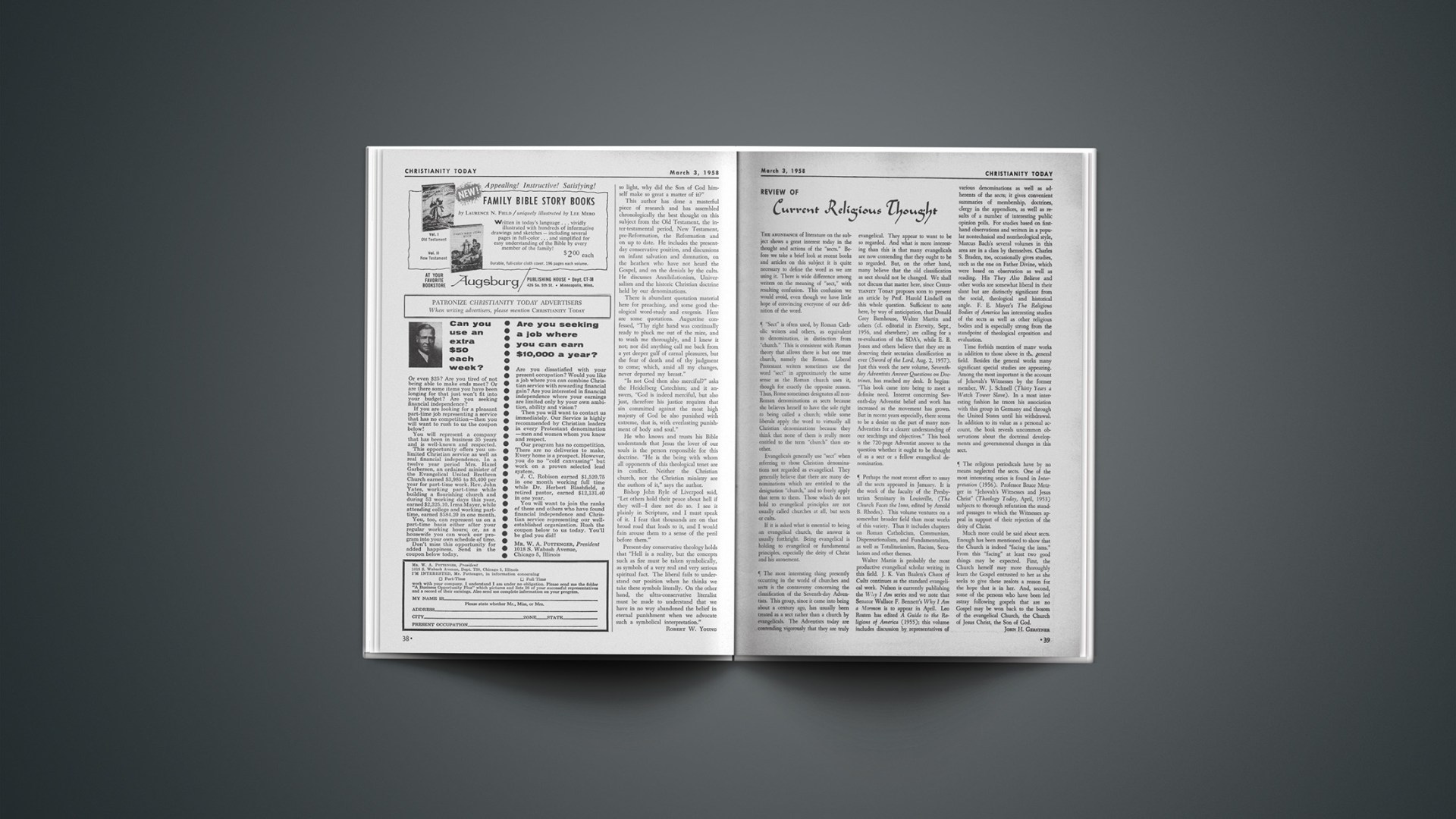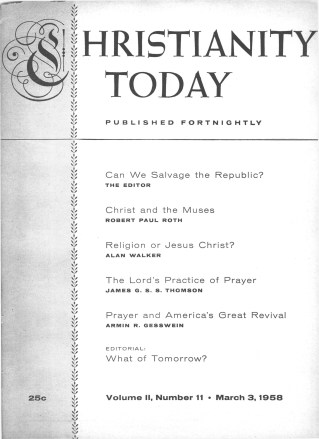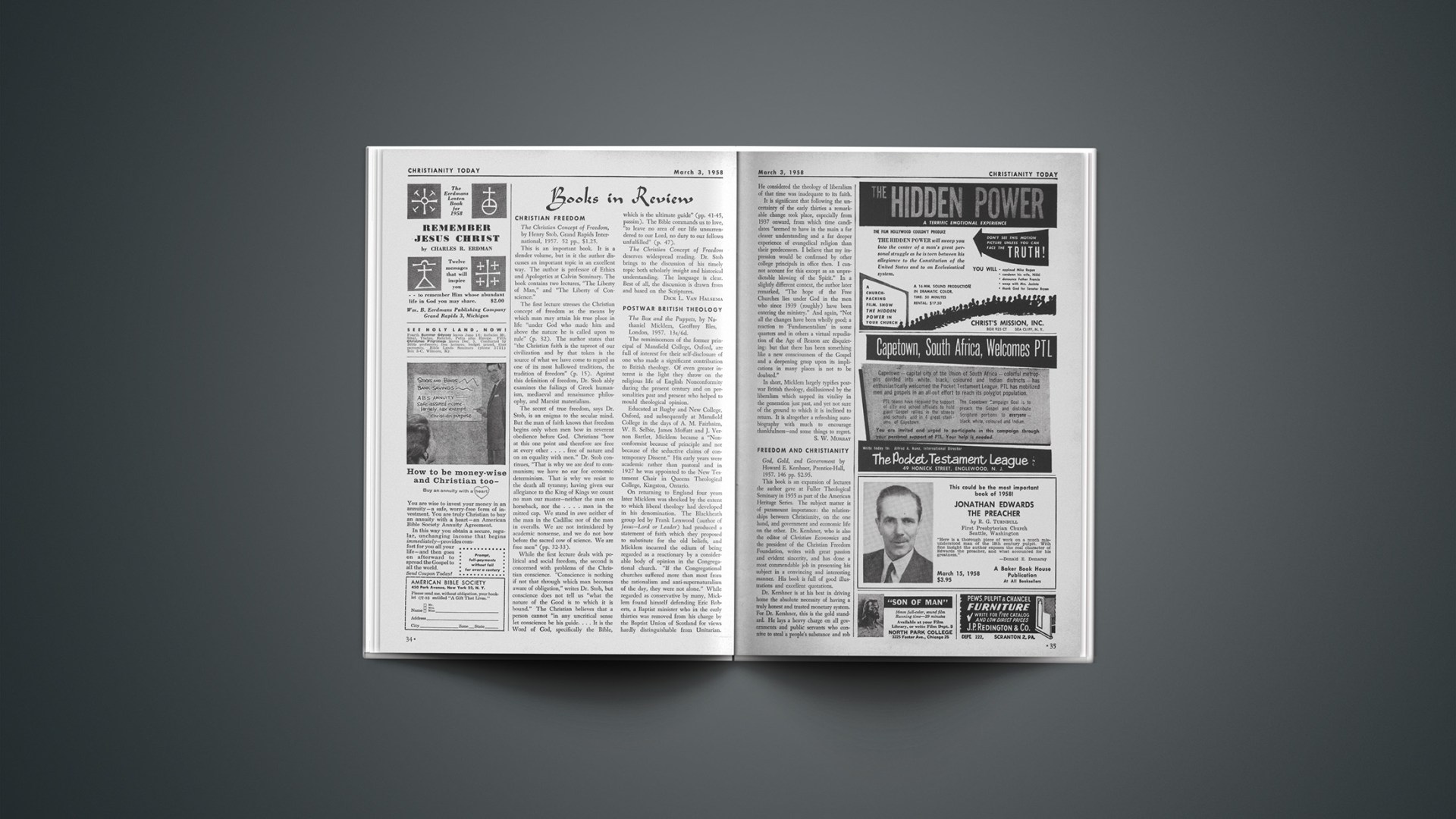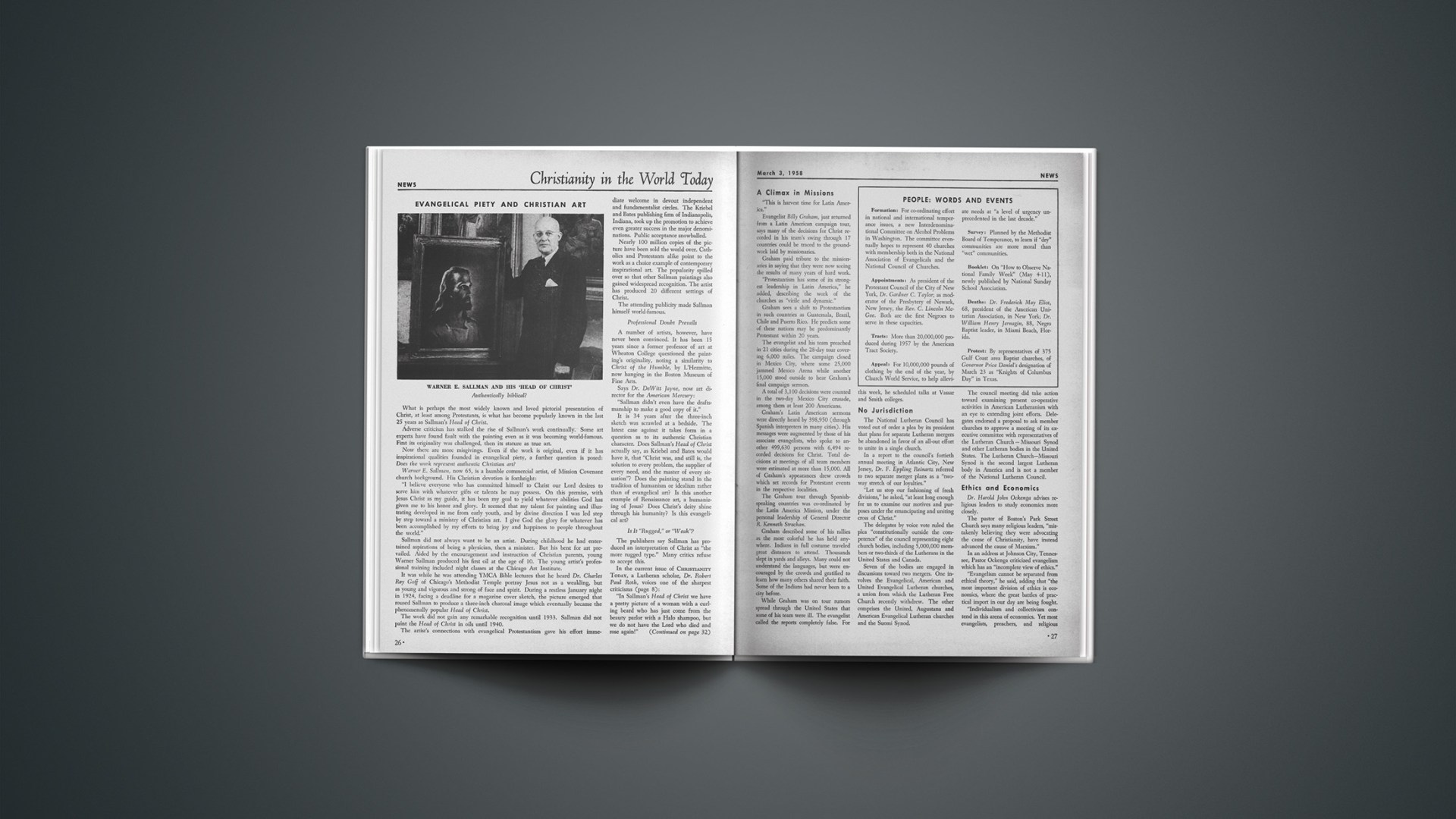Of all the manuscripts discovered in the caves near the northwestern end of the Dead Sea in Palestine, none can compare in importance and significance with the great scroll of the prophet Isaiah. Written in a beautiful Hebrew hand on 17 sheets of leather sewed together, it consists of 54 columns. It is about a foot in height and 24 feet long. The clearly written text is not divided into chapters as is the case in our English Bibles, but into paragraphs.
Antiquity Of The Scroll
There now seems to be fairly widespread agreement that the scroll of the prophet Isaiah comes from the late second century B.C. There has been much debate, and the question of the date has been subjected to thorough scrutiny and inquiry. Comparison with other ancient writing and the studies of archaeologists have rather clearly established that the early date for this scroll must be accepted. It is at least earlier than the time of our Lord. The archaeological evidence is particularly strong. The monastery at Qumran near the Dead Sea has been excavated, and it is clear that the community was active at this time. It is not our purpose to discuss the methods by which the antiquity of the scroll was established. The reader who is interested in this subject may refer to the splendid treatment in Millar Burrows, The Dead Sea Scrolls (1955, pp. 102 ff).
What is of importance to note is that the Isaiah scroll from the Dead Sea is without question the earliest known extant entire copy of any book of the Bible. It is about one thousand years earlier than the earliest portion of any copies of the Hebrew Old Testament now extant. In the light of this fact we may well ask, What light does this important manuscript throw upon the text of the Old Testament?
The answer to this question is that for the most part the Isaiah scroll agrees remarkably with the text of the Hebrew Bible already in our possession, the so-called Masoretic text. In some respects there is a difference, but the difference is unimportant, being largely a question of spelling, and not affecting the meaning of the text any more than the differences in the spelling of such English words as “honor” and “honour,” “labor” and “labour,” etc. There are, however, more important divergences from the Masoretic text. In certain instances the scroll shows a preference for the reading of the Septuagint rather than for the Masoretic Hebrew. Thus, to take an example, in Isaiah 53:11 the scroll reads, “he shall see light,” and thus follows the Septuagint, “to show him light.” There are also other minor variations.
These variations are not too serious. Many of them may be attributed to the carelessness of a copyist. It may be, however, that there was some definite influence of the Septuagint and even of the Samaritan version. The sect living at the monastery at Qumran was removed from the orthodox Judaism of the time. Whatever its precise nature may have been, whether Essene or not (and to the present writer this question has not yet been decisively determined), the sect was apparently one that did not vigorously maintain all the tenets of Judaism. It is quite possible, therefore, that it may have held a looser view of the text than did the stricter groups of Jerusalem. It is interesting to note that the manuscripts from Wadi el-Murabba’at, which seems to have been a center of orthodox Judaism, exhibit a strict faithfulness to the Masoretic text of the Old Testament.
If, among the sects of Judaism, there may have been a looser view of and attitude toward the text (and certainly the Septuagint itself would support this view), we need not in the least be concerned as to the trustworthiness of our text of the Bible. The Isaiah scroll is a wonderful testimony to the accuracy of the Masoretic text, and its divergences are very few and minor. Here then is further witness to the fact that the text of the Old Testament is one upon which we may rely and whose teachings we accept with confidence.
Does the Isaiah manuscript have anything to tell us about the question of the authorship and the unity of the prophecy? As is well known, some scholars maintain that the prophecy of Isaiah in our Bibles is not the work of the one man Isaiah but, rather, of several authors who contributed to it. At the end of chapter 39, we are told, the section containing the genuine prophecies of Isaiah comes to an end, and beginning with chapter 40 we are said to be in a different world. For years it was held that the section beginning with chapter 40 was the work of a prophet who lived in the sixth century B.C., in Babylon, two centuries after the time Isaiah himself lived. The New Testament, on the other hand, clearly teaches that the prophecy in its entirety is the work of the eighth-century prophet Isaiah. Passages, which according to the dominant critical view are written by “second” Isaiah, are quoted in the New Testament as from Isaiah himself.
The Problem Of Division
If it were true that the section beginning with chapter 40 of Isaiah came from the sixth century B.C. and if it were also true, as many critics have claimed, that this author was the greatest of all Israel’s prophets, the question of course arises how it was that the name of this prophet has sunk into oblivion. How is it, then, that his prophecies were simply tacked onto the section containing the genuine prophecies of Isaiah, and that the name of Isaiah, who, we are often told, was a prophet of much lesser stature, came to be attached to the entire book? These questions are often ignored, but they cry out for answers. And, if there is a copy of the book of Isaiah extant which dates from the latter part of the second century B.C., it renders the answering of these questions all the more difficult.
When we examine the Isaiah scroll we are immediately struck by the manner in which chapter 40 follows chapter 39. Chapter 39 concludes one line from the bottom of the page, and there remains space for about eight letters. Chapter 40 begins on the last line of the page without even special indention. In other words, there is no unusual break between the two chapters. There may be a division in the Dead Sea scroll of Isaiah, but this division, if it really is such, comes at the conclusion of chapter 33. Why this division occurs at this point is difficult to say. There is little reason to believe that it has anything to do with the question of authorship.
The fact is that the Isaiah scroll supports the position of the New Testament and of those Christians who wish to follow the New Testament in what it says concerning the authorship of the prophecy. The scroll most emphatically does not support the position of those who maintain that there is a break at the conclusion of chapter 39. There is no such evidence.
Of unusual interest and importance is the manner in which the scroll demolishes the views of the German critic Bernhard Duhm. In 1892 Duhm issued his epoch-making commentary on Isaiah, in which he maintained that there were three principal authors of the book, first, second, and third Isaiah. There were in addition editors and redactors, and the process of compilation and revision went on until almost the time of Christ. Indeed, Duhm thought that the final redactor of the book worked in the first century B.C.
That this theory is now untenable is clear. If an entire copy of the book is extant from the second century B.C., the book certainly could not have been completed in the first century B.C. It is well that such a death blow has been struck to this particular theory of Duhm, for Duhm has had a tremendous influence in the study of Isaiah. If the Dead Sea manuscript does nothing more than cause scholars to abandon the views (or even some of the views) of Duhm, we can be profoundly thankful to God.
If a copy of the entire prophecy comes from the second century B.C. and if the so-called second Isaiah lived in the sixth century B.C., it is clear that the period of time in which the book reached its present form has been narrowed considerably. In other words, within the space of possibly two hundred years (if the “critical” datings are accepted) the compilation of the present book must be accounted for. When one considers the tremendous difficulties involved, it is almost impossible to do this. What happened to the memory and the identity of “second” Isaiah, of “third” Isaiah, and of the editors who took part in the compilation of the book? One who works with this problem will begin to appreciate the difficulty of any solution other than that of the New Testament. We may say confidently that the discovery of the Isaiah manuscript has proved to be a great aid to the view of the New Testament that Isaiah himself is the author of the entire book that bears his name.
Interpretation Of Isaiah
What does the new manuscript have to say that will cast light upon interpretation of the prophecy? We may note for example its reading of Isaiah 7:14. This is a much disputed passage. Is there anything that we may learn from the new manuscript with respect to this passage? It is interesting to note that in its reading of this verse there is no deviation from the ordinary Masoretic text. The word used to designate the mother of the Child is the well-known ‘almah. It is a word which is never employed of a married woman. There can be little doubt then that this word is the original, and is that which the prophet himself used. The new Isaiah manuscript in reality casts no new light upon the subject of this recently much-disputed passage.
There is one other passage, however, where the reading of the Isaiah manuscript is most interesting. It is the much disputed verse, 52:15, which is translated in the King James Version, “so shall he sprinkle many nations.” Anyone who is even slightly familiar with the discussions of this passage will realize that it is truly a crux interpretum. For the most part, those who do not accept the absolute authority of Scripture have regarded the translation of the King James Version as incorrect. On the one hand, some have maintained that the Hebrew word yazzeh should not be translated “he shall sprinkle.” On the other hand, many have felt the need for an emendation of the text. Numerous emendations, possibly a dozen, have been proposed. What does the new scroll have to say? It is interesting to note that the reading in the Isaiah scroll is the same as that in the Masoretic text. Here is further support for the interpretation “he shall sprinkle.”
In recent times some scholars have come out in defense of this time-honored interpretation. The matter is of great significance, for, as it stands, the text refers to the atoning work of the Servant. It sets him forth as one who performs a priestly work, namely, the sprinkling of nations in a purifying rite. Should this clear reference to the Servant’s priestly work be eliminated? The newly discovered manuscript says no. It supports the position of those who all along have wished to accept the Masoretic text as it stands. Here, then, is a point at which in a remarkable way the language of the prophecy has been vindicated against many attacks. It is, indeed, remarkable support.
Bearing On Criticism
There is, of course, much work still to be done in the study of the newly discovered manuscripts from the Dead Sea region. Some four hundred fragments of biblical books have been found already, and the amount of work that must go into fitting these fragments together and publishing them will truly be tremendous. The scroll of Isaiah, however, was almost immediately made available for study, and great credit is due to those who were responsible. It seems safe to say that certain tenets of “criticism” will have to be modified. On the other hand, those who believe the Bible to be the infallible Word of God and hence believe the witness of the New Testament to the authorship of Isaiah, may rest assured that in this new manuscript there is further support for their position. Bible believers have not been compelled to abandon or to modify their positions. And this is what we might indeed expect, inasmuch as the Bible is the revelation of God himself.
Edward J. Young has pursued his interest in the Old Testament and in the Hebrew language in both the Old and the New Worlds. He holds a Ph.D. degree from Dropsie College, Philadelphia with additional study in Newman School of Missions in Jerusalem, Centro de Estudios Historicos in Madrid and University of Leipzig. His writings include Introduction to the Old Testament and Studies in Isaiah. He is Professor of Old Testament at Westminster Seminary, in Philadelphia.

